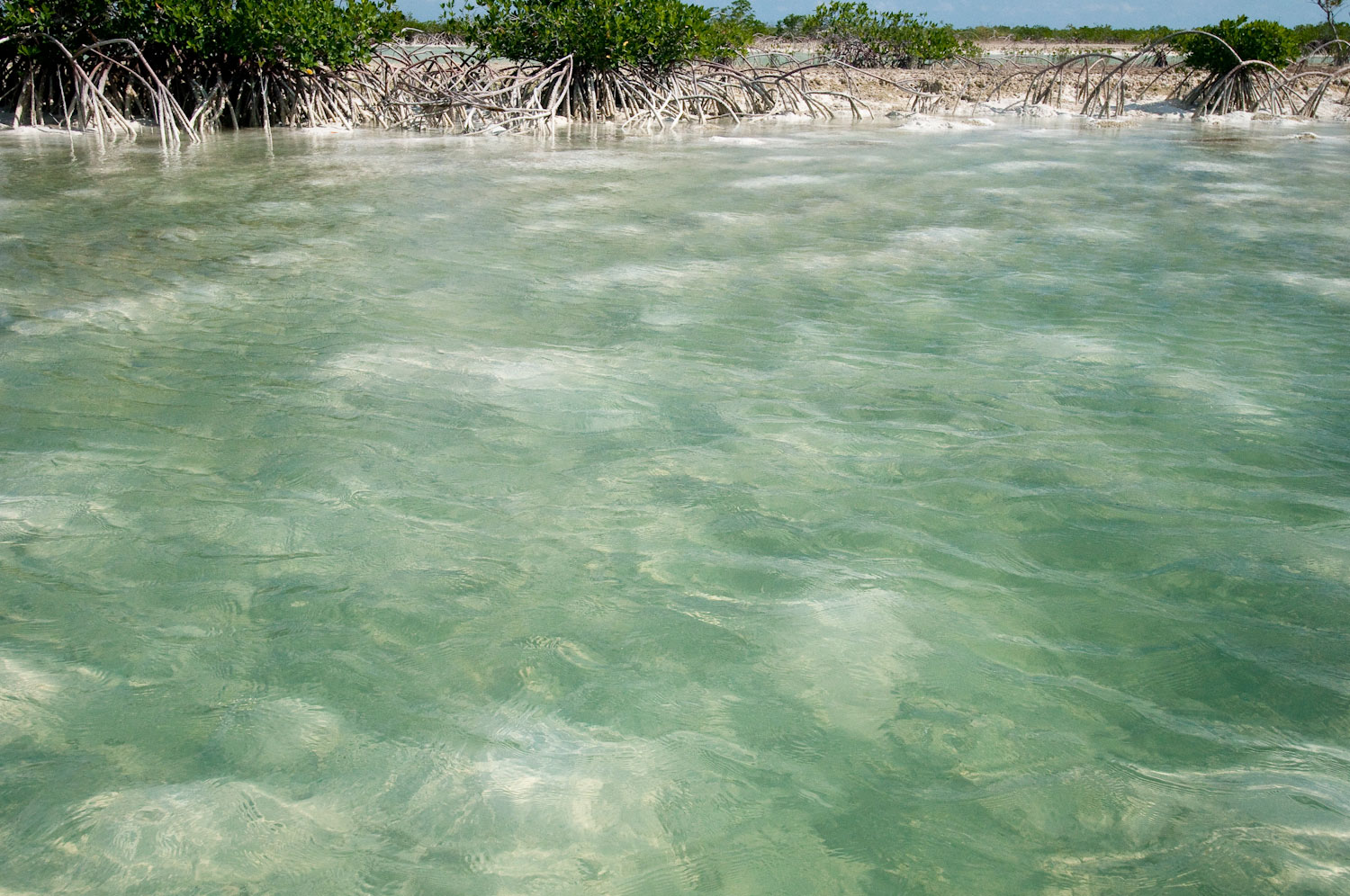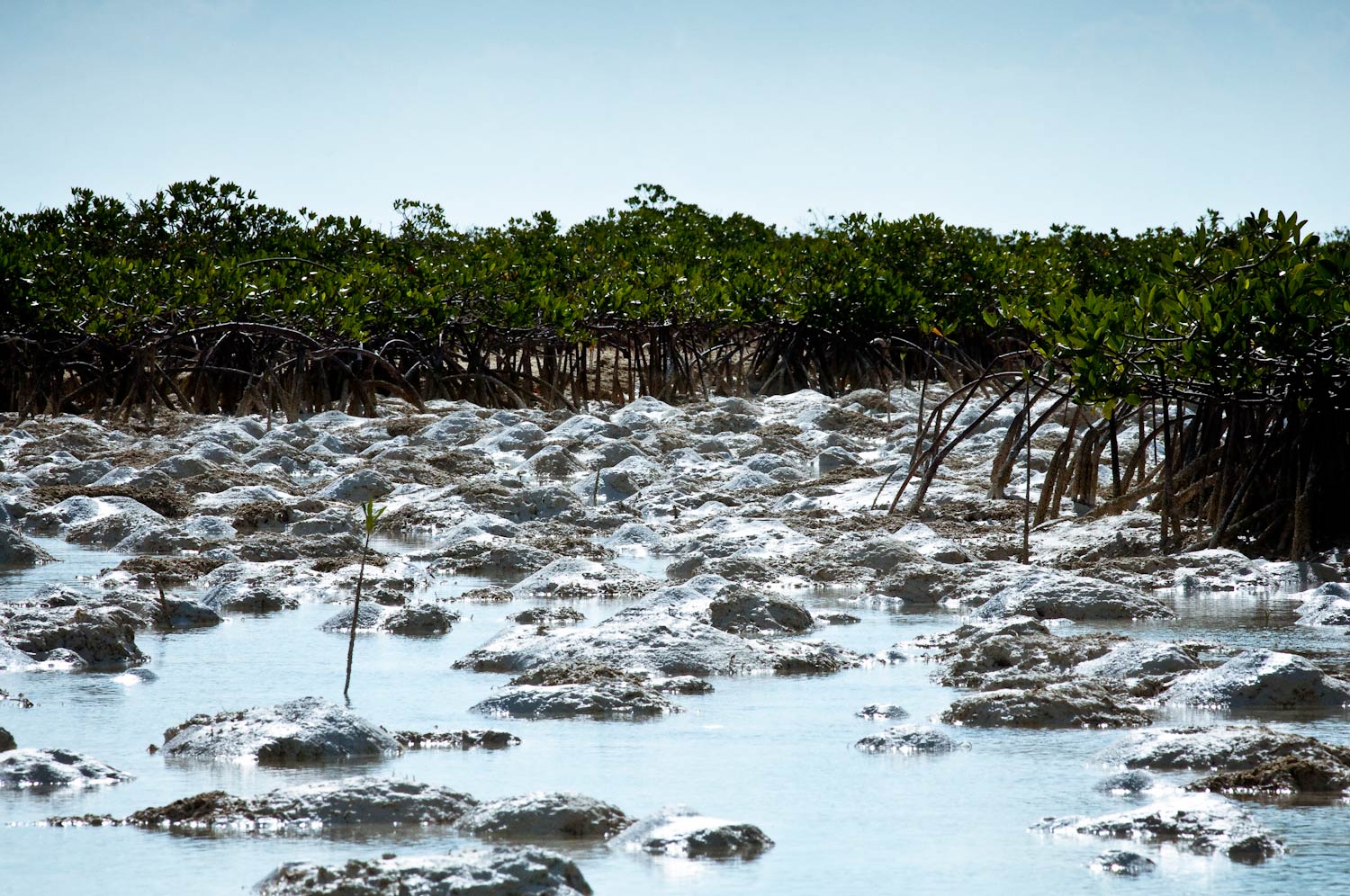It’s important to know your opponent, and to that end it’s good to know his neighborhood.
When we look at a bonefish flat we tend to perceive it as two- dimensional. It’s right there in the name, flat. The truth is, it’s far from flat. The bonefish’s world is as three-dimensional as ours. It’s a landscape full of hills and valleys, mounds and burrows. The crabs, shrimp and such that bonefish feed on use these features to hide or escape from the hungry predator.
Knowing this can give us an advantage. Often, when retrieving your fly, pausing over one of these depressions, which show up dark through the water, and letting the fly dive to the bottom is just the trigger the bonefish needs to make him eat. It’s what he expects his prey to do, so show it to him. Another approach is to lead the fish and let the fly settle into a depression or trench, then move it as the fish comes into range. This is what the fish expects from a fleeing shrimp.
Every circumstance is unique but being aware of the submerged terrain helps you understand what the fish sees and what he expects to see. Salt water fly fishing is a game of strategy and a good strategy starts with getting the lay of the land, in this case literally. So when you step up on the bow, take a quick look around and see what natural features you can use to your advantage.
Come fish with us in the Bahamas!
Louis Cahill Gink & Gasoline www.ginkandgasoline.com hookups@ginkandgasoline.com Sign Up For Our Weekly Newsletter!


Great job, Louis. Also true of tarpon, redfish, seatrout and snook, showing that structure is critical in all forms of fishing: saltwater (back country, along the shore, and in open water) and fresh (warm and coldwater). But you are correct that beginning flats fishermen are often overwhelmed by the openness and plain features of the flats. I know I was when I started. Looking into and through the water for structure as well as for fish will help unlock the puzzle of not only when to cast but where, and how to make your fly look and behave like prey.